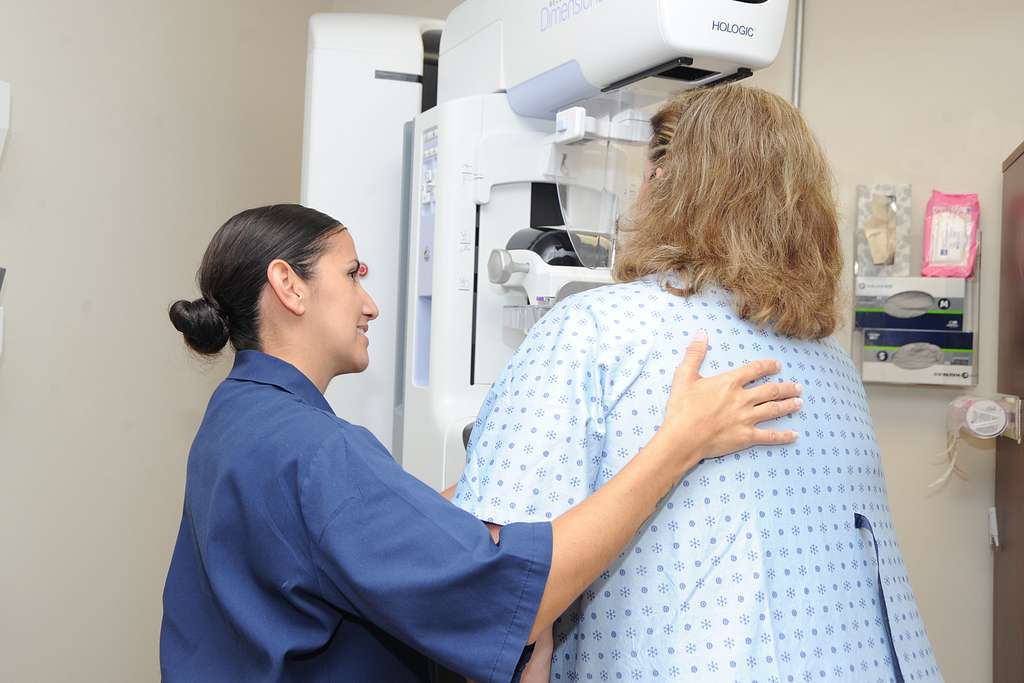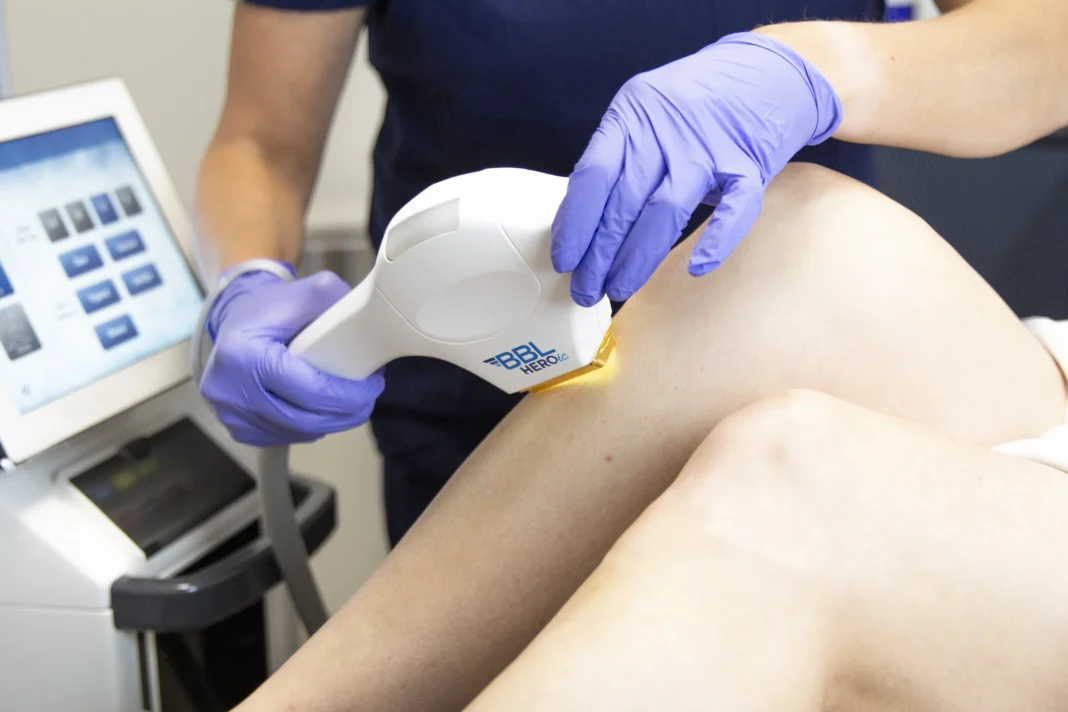A dermatologist is a medical doctor who specializes in conditions involving the skin, hair, and nails. When you schedule an appointment, understanding the process helps you prepare for your visit, which typically includes a review of your medical history, a physical examination, and a discussion. Here is more information about the standard components of a dermatology appointment so you know what to expect:
Medical History Review
Your appointment typically begins with a comprehensive review of your medical background. You may complete intake forms detailing your personal and family health history, because many skin conditions have genetic links. The dermatologist can discuss any previous skin issues, past treatments, and their outcomes with you. This information provides a baseline for your current health status and informs the diagnostic process.
The provider typically also asks for a list of all medications you are taking, including prescriptions, over-the-counter drugs, and supplements. Some medications cause skin reactions or interact with potential treatments, so a complete list is necessary. You may also discuss allergies, whether to medications, foods, or environmental factors, as this information helps prevent adverse reactions.
It is helpful to come prepared with notes about your specific concerns, including when symptoms started and what makes them better or worse. The dermatologist needs these details, and having them ready makes the conversation more productive. Providing accurate and thorough information allows the dermatologist to build a complete picture of your health, which is a key part of the evaluation.
Physical Examination
Following the history review, the dermatologist may perform a physical examination. You will be asked to change into a medical gown, and a drape will be provided for your comfort and privacy. Depending on the reason for your visit, the examination may be focused on a specific area of concern, or it could be a full-body skin check. You typically have the option to request a chaperone to be present in the room during the examination.
Regular Skin Cancer Screenings
A dermatologist’s role involves screening for cancer, and the frequency of screenings depends on your risk profile. Individuals with a personal or family history of skin cancer, numerous moles, or a history of extensive sun exposure may receive recommendations for more frequent checks. During a screening, the dermatologist looks for specific features that could indicate a potential issue.
The provider will assess moles and other spots for:
- Asymmetry
- Irregular borders
- Variations in color
The dermatologist identifies any suspicious lesions that may need further investigation through a biopsy. They will also talk to you about sun protection and self-examination practices.
Personalized Treatment Plans
After the examination, the dermatologist may discuss their findings and propose a treatment plan tailored to your diagnosis. This plan is developed based on your specific condition, skin type, and overall health, and you can ask questions. The dermatologist will explain the reasoning behind their recommendations.
Treatment plans typically involve prescription medications, in-office procedures, or adjustments to your daily skincare routine. For some conditions, the dermatologist might suggest diagnostic tests to confirm a diagnosis before starting treatment. Your provider may schedule follow-up appointments to monitor your progress and make adjustments to the plan as needed.
Schedule a Dermatologist Visit
Your visit to a dermatologist is a proactive step for your skin’s health. You can expect a structured appointment that includes a detailed medical history review, a thorough physical exam, and a discussion about a personalized treatment plan. Understanding this process helps you arrive prepared and ready to work with your provider. Contact a dermatology clinic to schedule an appointment or ask questions.
- Aurö: A Comprehensive Guide to Mindful Design in AI, Branding, and Wellness Tech
- How a Certified Midwife Can Support Your Birth Experience
- Jadeitový Kameň: The Alluring Beauty and Power of Jadeite
- Plangud: A Comprehensive Overview for Construction and Carpentry Enthusiasts
- Nurture Tech Tips EmbedTree: Unlocking Growth and Advancing Skills in the Digital Age





